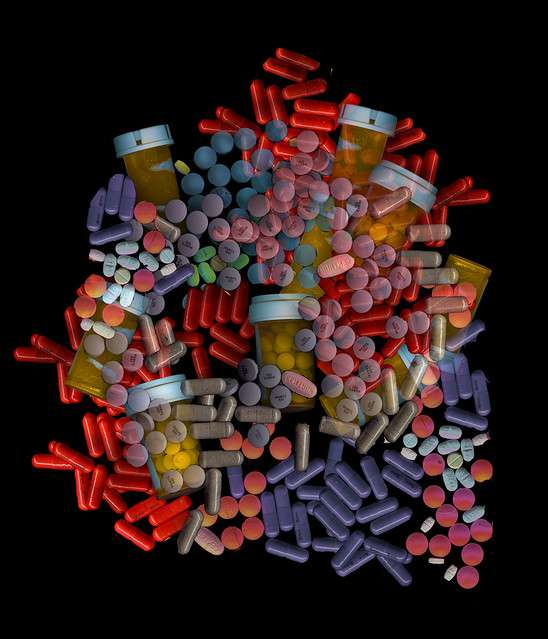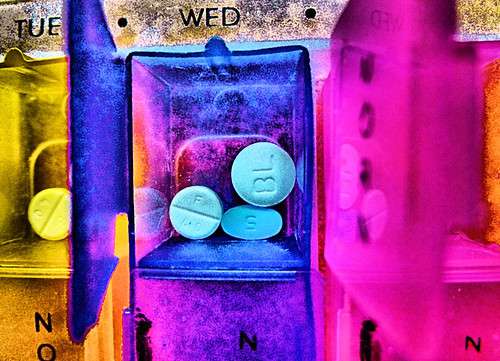
I am a member of what people call the “sandwich generation.” I’ve spent the past decade caring for my own family while looking out for the needs of my aging parents. My father is now 92, and his cardiologist and I have gotten to know each other pretty well over the past several years as we refine his medications.
I realized how important the shape, size, and color of prescription pills were one morning a few months ago. Feeling not quite right, my dad had gone to his pill box to survey his daily dosage—and realized that his regular heart pill looked wrong. After calling his doctor, he headed to the emergency room, where the medical staff determined that an error had occurred when his prescription was filled. His medication dosage had nearly tripled, and if it weren’t for that differently colored pill, my dad might not have caught the change in time.

Prescription pill shape, size, and color all play a significant role in patient identification and safety. Image Source: Flickr user Ly Thien Hoang (Lee) (CC BY 2.0)




